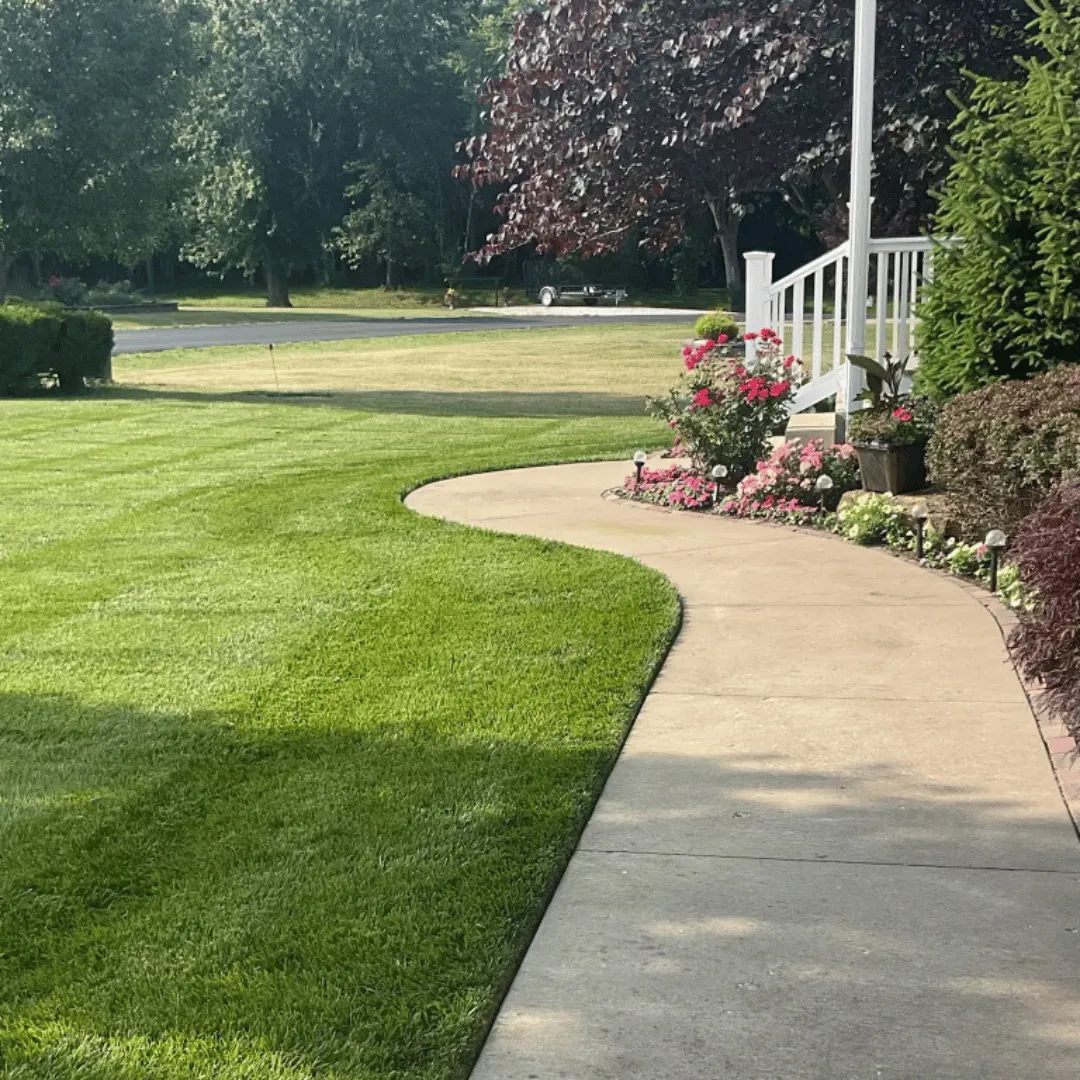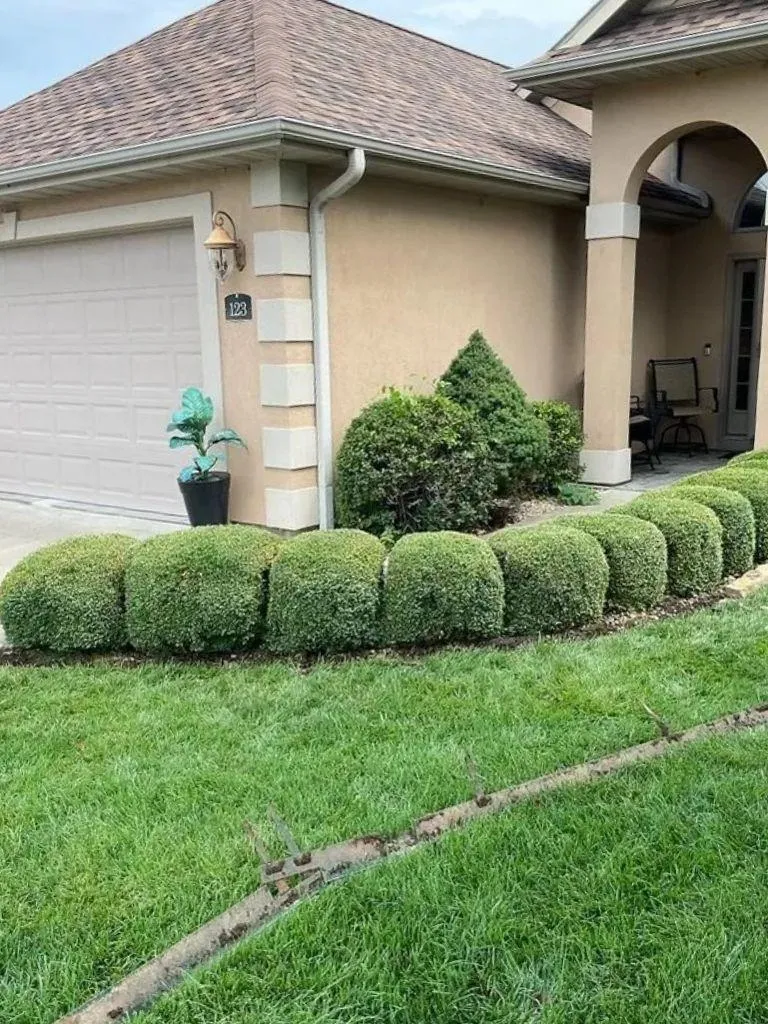Local & Family Owned Company
Versailles & lake OZARK'S LAWN CARE & LANDSCAPE EXPERTS
Serving Versailles, Barnett, Eldon, Osage Beach, Lake of the Ozarks Area, Four Seasons, and surrounding areas!
Working With Jarmon is as easy as 1, 2, 3
We transform the everyday into excellence. Through innovation, dedication, and an unwavering commitment to quality, we take ordinary tasks and execute them with extraordinary precision, efficiency, and care. Our passion for excellence ensures that even the simplest work delivers outstanding results, exceeding expectations every time.
Step 1:
Call Us!

Step 2:
Get A Quote

Step 3:
Relax

About Us
Jarmon Lawn Care is a faith-driven, locally operated lawn service provider in Central Missouri, serving Tipton, Versailles, Eldon, and the Lake of the Ozarks region. Our team is known for honest, dependable service and treating every lawn with care and precision. We combine traditional techniques with modern solutions, offering everything from mowing to specialized treatments like mulching and fertilization. With a commitment to integrity and community impact, we see every lawn as a reflection of our values and a chance to deliver exceptional, personalized care.
Expert Lawn Care & Landscaping Services
Lawn Maintenance
Landscape Enhancements
Fertilization & Weed Control
Hardscaping
All Services
Why Choose Jarmon Lawn Care?

Unmatched Dedication to Quality
Young, hungry, and energetic team passionate about lawn care
Committed to delivering the best service in Missouri
Pride in transforming lawns with attention to detail and excellence

Comprehensive Lawn Care Services
Lawn mowing, shrub trimming, weed control, and fertilizer application
Landscape enhancements including small tree pruning and seasonal cleanups
Services tailored to each season for year-round beauty and health

A Team That Truly Cares
Passionate about the health and aesthetics of every lawn
Every job is handled with personal care as if it were our own yard
Elegant landscaping solutions that make your yard your favorite oasis

Your Private Escape
We create outdoor spaces that offer peace and comfort—inviting, relaxing, and perfect for daily enjoyment. Because you deserve to unwind without ever leaving home.

Tailored to Your Lifestyle
Your landscape begins with your everyday moments—peaceful mornings, weekend barbecues, or a safe place for kids to play and grow.

Smooth, Stress-Free Experience
From concept to completion, we handle every detail with transparency and attention—delivering a stunning outdoor space without the hassle.
What Our Customers are Saying
We’ll care for your lawn!
Don’t wait to give your lawn the attention it deserves. Get a free quote from Jarmon Lawn Service today — where trusted professionals treat your yard like their own. It's simple, fast, and completely commitment-free.







